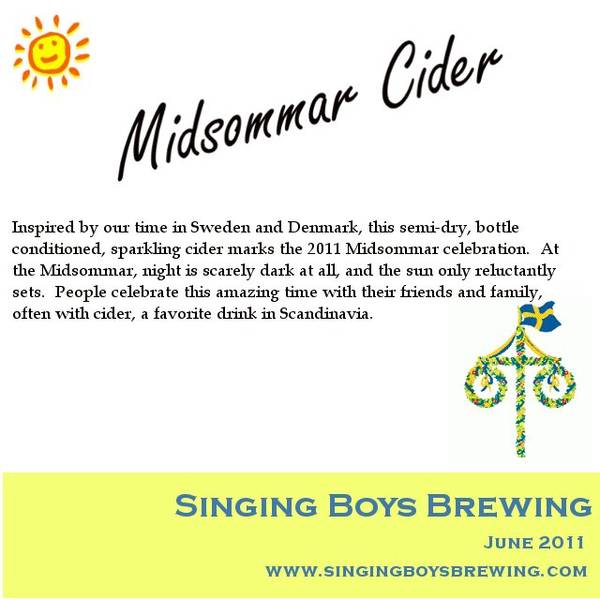Pappers - thanks for the good read - I will check it out. And imagine - we were all able to share opinions and be civilized about it - now that is just good stuff all around
much appreciated!
EDIT:
To sum it all up - looks like PH and Hops are the biggest deterrent to botulism (possibly alcohol). I have heard a lot of controversial information about the alcohol part. Many reliable sources claim the percentage is so low in most beers it doesn't serve as a protector like we intuitively think. The information on that link, while not a scientific journal, seems pretty reliable compare to what I have read in the past.
However - if you save extra wort for starters (all grain brewers like me) - you need to pressure cook (can) it to remove risk of botulism. At first glance this seems like a great way to handle wort for starters though - open a jar, and add sterilized wort to your yeast starter. No boiling, letting cool, etc. (how I currently do it)
If anybody has done this please let me know - I would love to try it - I pretty much only can thinks that are acidic, or that don't need pressure canning (but I have a 22qt pressure cooker I could use).
I just don't understand the concern for botulism in a homebrew, has there ever been a recorded case? I'm not trying to rip on you or anything, I'm genuinely interested. I can understand if I was using fresh-pressed apples, but I think the chances of infecting a brew with botulism using pasteurised juices is relatively (or maybe minutely) low. I mean, I'm not going around pouring dirt into my primary. I'd be more worried about mould.... or acetobacter





